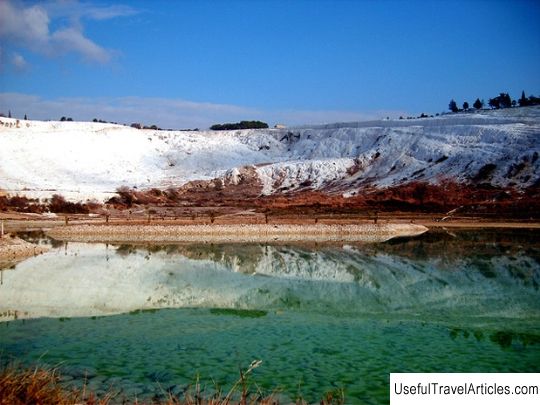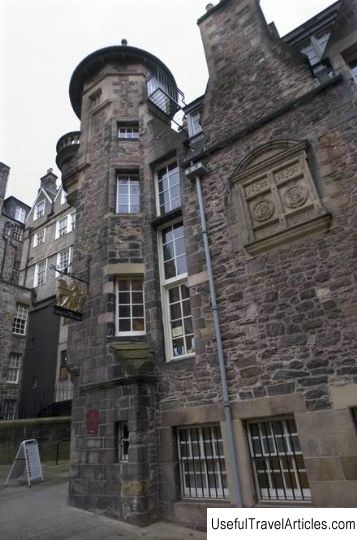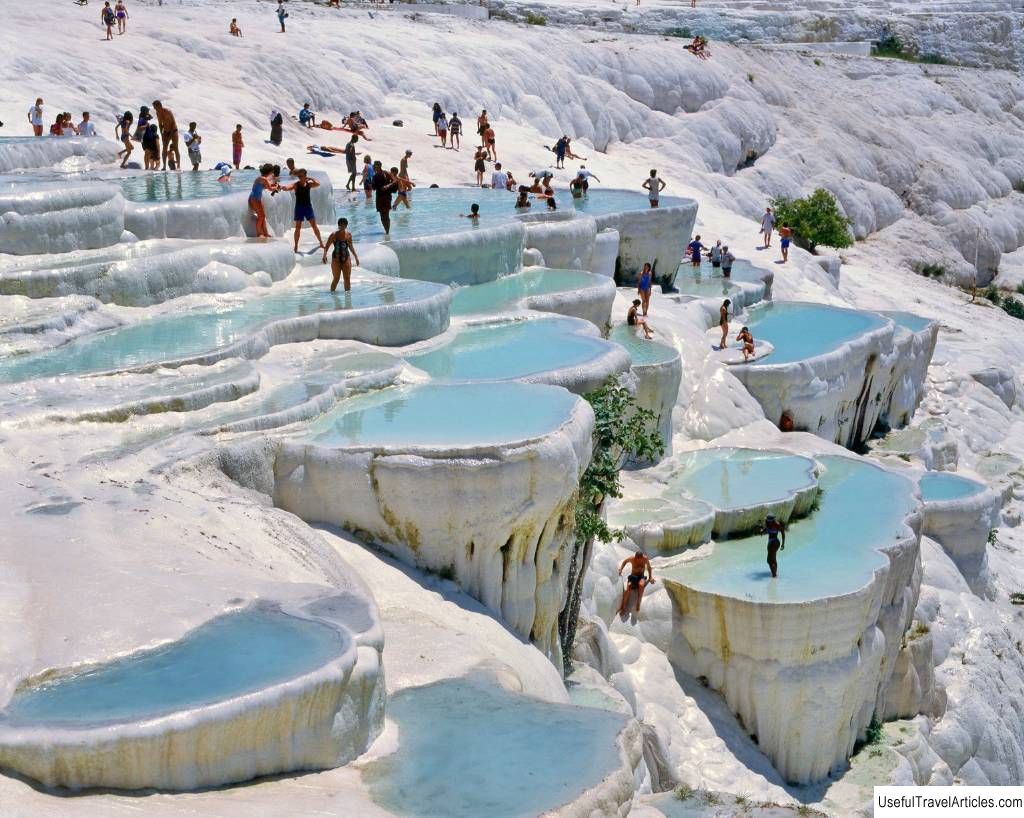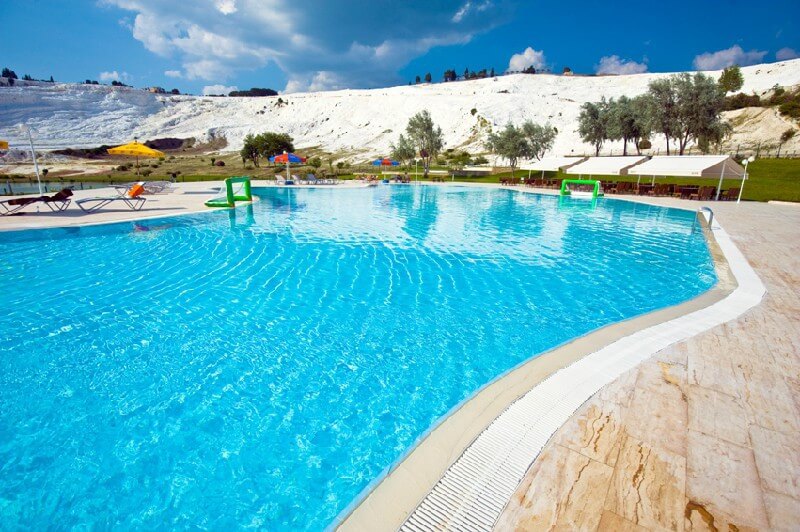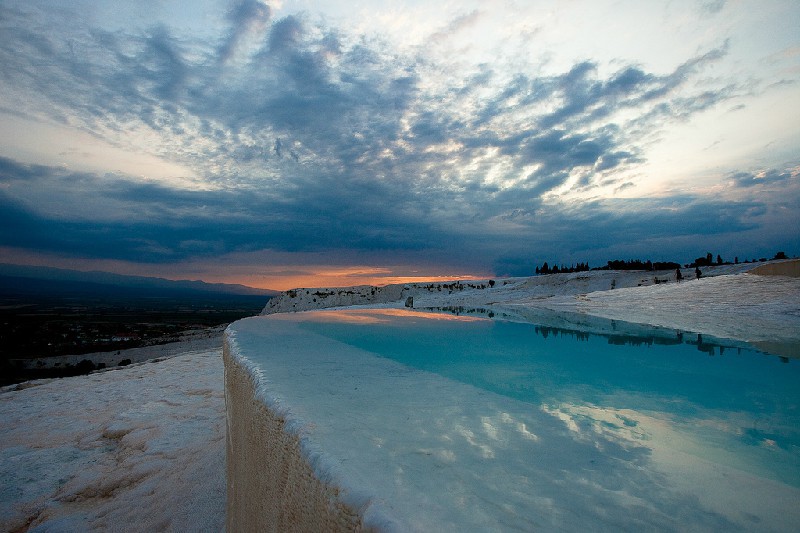Laodicea description and photos - Turkey: Pamukkale
Rating: 8,0/10 (343 votes) 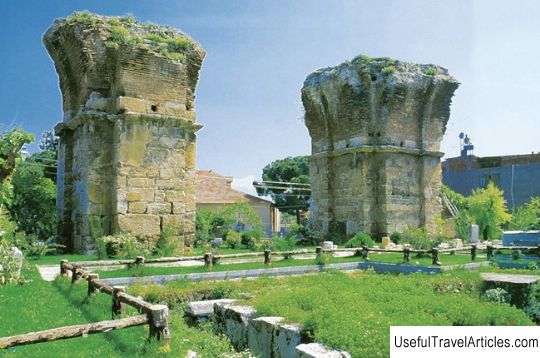
Laodicea description and photos - Turkey: Pamukkale. Detailed information about the attraction. Description, photographs and a map showing the nearest significant objects. The name in English is Laodicea. Photo and descriptionEven in ancient times, the territory of the modern town of Pamukale was famous for its unusually healing thermal springs. Even then, they attracted thousands of people here, who stayed in the ancient city of Laodicea, located next to the slope. The settlement was founded in the second century BC, and in 190 AD, another city was built in its place - Hierapolis, which was repeatedly destroyed by earthquakes and rebuilt again. The wealthy inhabitants of Laodicea built a watercourse system for hot water from the springs, diverting it to private pools and baths, thus damaging part of the lower terraces. The city was not only a large cult center of its time, but also one of the most famous balneological resorts, visited by the rulers of the peoples, inhabiting the territory of modern Turkey. Laodicea was built on a small plateau sandwiched between two river valleys and the always snow-covered Akdag ridges, whose height reaches 2571 meters. The location was convenient for observing two important trade routes through the mountains, and this was the reason for the city's prosperity. Laodicea became famous for its polished black wool, from which black clothing and carpets were made. The city was also the center of the medical school and the production of kolliria, a well-known healing ointment for the eyes. The settlement was a fortress, but it had one very vulnerable place - water to the inhabitants came from springs through an underground water pipeline, the length of which exceeded ten kilometers. This was very dangerous for the besieged city. In the first century BC, the city was under the control of the Roman Empire, after the collapse of which it came under the rule of Byzantium. In the era of the spread of Christianity, one of the "Seven Churches" of Anatolia was founded here, which is mentioned in the Apocalypse and in the Epistles of the Apostle Paul. In 1097, Laodicea was captured by the Turks and was destroyed as a result of incessant wars between the Byzantine Empire. The city ceased to exist after several earthquakes, and its inhabitants founded a new one nearby - Denizli. The ruins of the ancient city of Laodikia are located 13 kilometers from Pamukkale, not far from the road to Denizli, and are one of the striking historical sights of Turkey. Now you can see here a dilapidated nymphaeum, a rather badly damaged stadium built in the first century, a complex of thermal baths, gymnasiums, the foundation of the Ionian temple and two theaters - a large and a small one. Turkish archaeologists have unearthed here a central street, residential quarters, two amphitheaters and a Christian basilica. Since 2005, employees of the University of Denizli have been conducting archaeological excavations on the ruins of the ancient city and the famous Laodicean church. Laodicea has not been seriously studied by anyone before.          Topic: Laodicea description and photos - Turkey: Pamukkale. |
